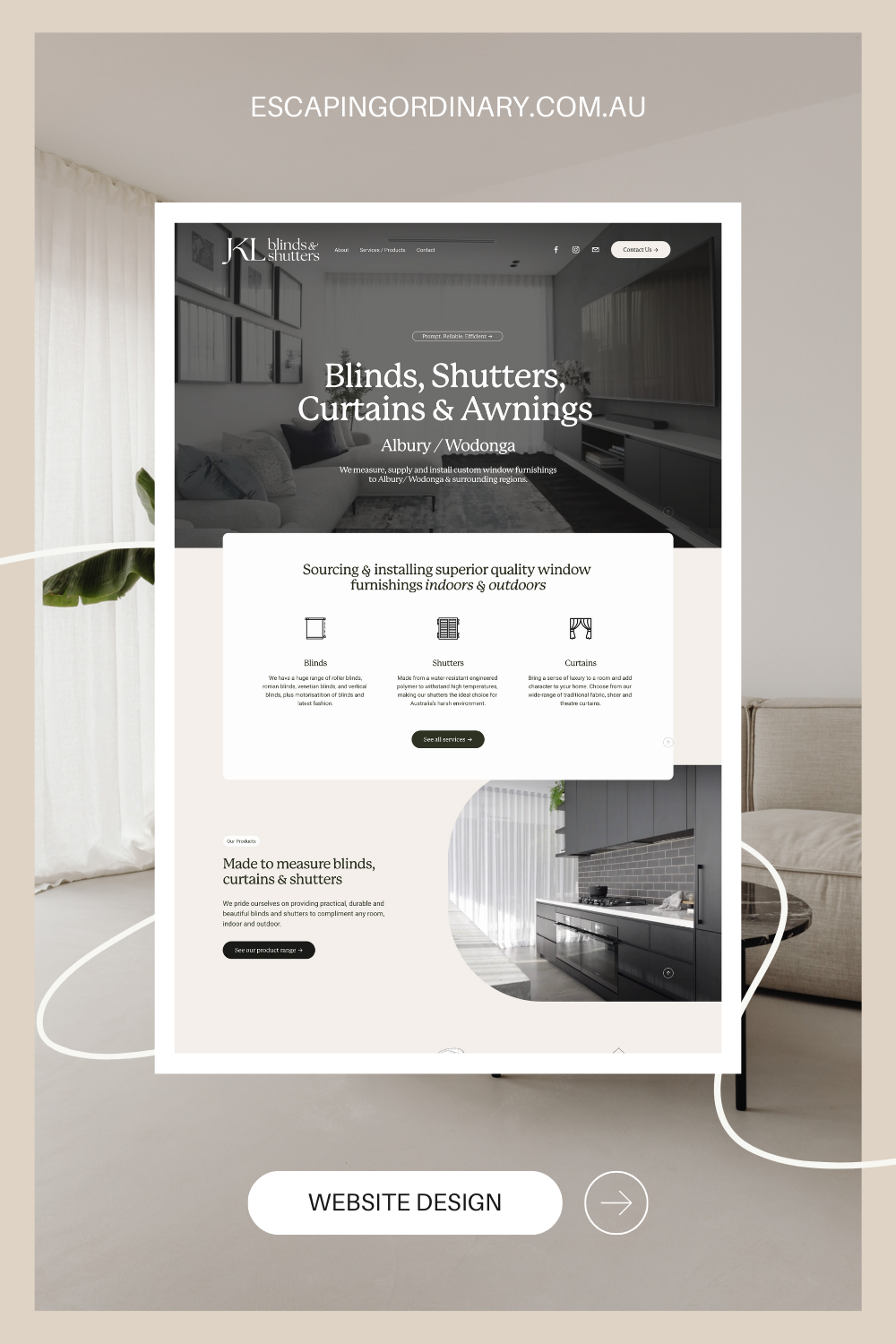
In today’s digital age, having a strong online presence is crucial for businesses and brands looking to reach a wider audience. However, there are still many misconceptions about professional web design that can hinder the success of your website. In this article, we’ll debunk three common web design misconceptions and shed light on what you should expect from the web design process.
- Appearance is the most important factor:
Misconception: Many believe that a visually appealing website is enough to capture and retain visitors’ attention.
Reality: While aesthetics play a significant role, a visually pleasing website alone is not sufficient. Functionality and accessibility are equally important. If visitors struggle to navigate your site, find the content hard to read, or experience slow loading times, they will likely leave immediately. A successful website combines appearance, functionality, and accessibility to provide an optimal user experience.
To achieve this, focus on clear navigation menus, legible content, and fast loading times. Consider user testing and feedback to ensure your website meets the needs of your target audience.
- Mobile responsiveness is optional:
Misconception: Some assume that having a desktop website is enough and overlook the importance of mobile responsiveness.
Reality: With the increasing popularity of smartphones and tablets, more than 50% of website users access the internet through mobile devices. Neglecting mobile responsiveness can lead to a poor user experience for this significant portion of your audience.
Responsive design is crucial to ensure that your website adapts seamlessly to different screen sizes and platforms. It allows visitors to navigate, read content, and interact with your site effectively, regardless of the device they use. Prioritizing mobile responsiveness is essential for engaging mobile users and maximizing your website’s reach.
- Integration with email marketing is unnecessary:
Misconception: Some believe that integrating their website with email marketing is not essential for their online presence.
Reality: Email marketing remains a powerful tool for engaging with your audience and driving repeat visits. By offering a newsletter, you can provide additional valuable content beyond your website, promote your offerings, and establish a connection with subscribers. This creates an opportunity for ongoing engagement and loyalty from your visitors.
Integrate email capture forms on your website to collect visitor email addresses. Provide incentives for signing up, such as exclusive content or discounts, to encourage subscriptions. Utilize email marketing campaigns to stay in touch with your audience, share updates, and nurture customer relationships.
Conclusion:
As you embark on the web design journey for your business or brand, it’s essential to dispel common misconceptions surrounding professional web design. Remember that appearance, functionality, and accessibility all play crucial roles in creating a successful website. Additionally, prioritize mobile responsiveness to cater to the increasing number of mobile users. Finally, integrate email marketing into your website strategy to foster visitor loyalty and maintain ongoing engagement.
By understanding and addressing these misconceptions, you can ensure your website stands out in today’s competitive digital landscape. Let us know in the comments if you have come across any other web design misconceptions or share your thoughts on the importance of these aspects in web design. We look forward to hearing from you!





